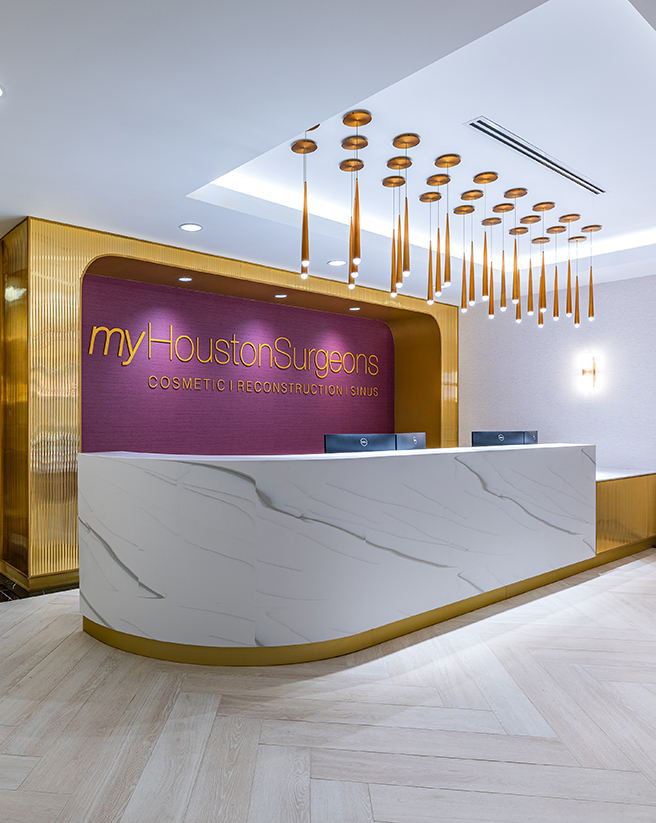GAP Flap Procedure
The GAP Flap is performed immediately following mastectomy or as a delayed reconstruction weeks, months or even years later.
During the GAP Flap procedure, the surgeon will make an incision along the upper or lower buttocks and harvest a section of tissue including skin, fat, and connecting blood vessels. This tissue will then be transferred to the breast mound, and a new breast will be sculpted with microsurgery and microvascular techniques. We generally prefer to take a staged approach for patients requiring bilateral GAP Flap reconstruction, and to reconstruct each breast in separate surgeries to avoid complications associated with sitting on the incisions.
SGAP Flap and IGAP Flap Donor Sites
During a GAP Flap, excess tissue is taken from a patient’s upper buttock or lower buttock or both (bilateral GAP Flap).2 The upper buttock region is referred to as a Superior Gluteal Artery Perforator Flap (SGAP Flap) and the lower buttock region is referred to as the Inferior Gluteal Artery Perforator Flap (IGAP Flap).
Recovery After GAP Flap Breast Reconstruction
Following the procedure, results will be visible immediately. Patients undergo our enhanced recovery with less pain and faster return to normalcy. Most patients begin walking without assistance the morning after the surgery and are discharged to go home.
It’s typical for patients to have several surgical drains placed in their incisions. Patients can plan to resume their normal daily routines approximately 3-6 weeks after surgery. Discomfort such as pain and tenderness generally subsides after one week, and scars will start to fade after roughly 3 months and continue to improve for up to one year.





